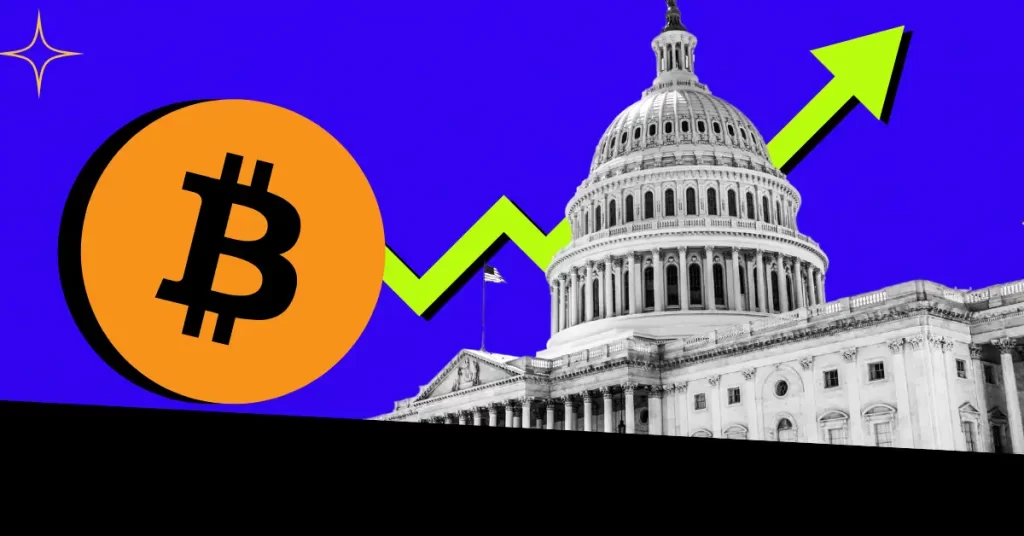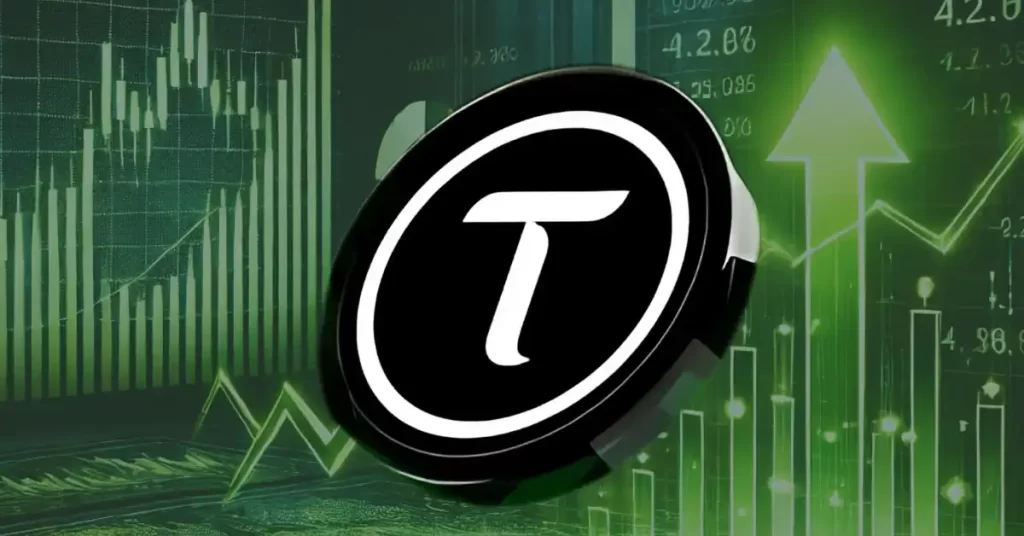
The past two years have presented us with unique challenges in the rapidly changing financial industry. The most notable example is inflation in the United States, which recorded an astonishing 9.1% increase in June 2022, and the US Federal Reserve (FRB) aggressively raised interest rates (which is still ongoing). .
At the same time, the crypto-assets (virtual currency) industry is expanding with major projects such as Terra/Luna, Celsius, Voyager, FTX, Silvergate, Signature, Silicon Valley It has weathered the storm that caused banks such as Silicon Valley Bank to collapse.
Amid this turmoil, blockchain developers continue to move forward, with the realm of real-world assets (RWA) emerging as a leader in innovation and resilience.
The core of this is the tokenization of real assets, creating investment products linked to tangible assets such as real estate, cars, or anything that can exist in physical form on the blockchain. Once ownership is recorded on-chain, the asset can be traded, divided, and securely held.
As we start 2024, we introduce seven RWA trends that are reshaping the financial world.
1. Stablecoins: The basis for programmable currencies
As the federal government prepares for regulation, stablecoins, the epitome of programmable currency, are on the brink of transformative growth that will fundamentally change our understanding of what money is.
In the United States, there are two companies in this field: Circle, which issues USD Coin (USDC) as a multi-chain solution, and Paxos, which provides white label solutions (OEM) like PayPal’s PYUSD. is in control.
Globally, stablecoins have a market capitalization of approximately $125 billion (approximately 18 trillion yen, equivalent to 142 yen to the dollar) and form the basic infrastructure that supports the Internet of Value. Offering stability and flexibility, stablecoins are poised to revolutionize global payments, remittances, e-commerce, trade finance, and more.
2. Tokenized government bonds: a bridge between traditional finance and DeFi (decentralized finance)
The true fusion of traditional finance (TradFi) and decentralized finance (DeFi) is embodied in tokenized government bonds.
Companies such as Franklin Templeton, Ondo, Backed, Maple, Open Eden and Superstate as risk-free short-term Treasury yields rise from near zero in early 2022 to around 5.4% in October 2023. has pioneered the tokenization of short-term U.S. Treasuries and bank deposits.
According to token asset analysis platform RWA.xyz, this new asset class currently boasts a market capitalization of $700 million. Tokenized government bonds are breaking down barriers and providing new avenues for investment and financial inclusion.
3. Private Credit: Empowering small businesses through DeFi
The private credit market, valued at $1 trillion in the U.S. and $1.7 trillion worldwide, has long shunned small and medium-sized businesses. DeFi lending protocols such as Centrifuge, Goldfinch, Credit, Maple, and Huma are bringing innovation and enabling access from public markets, banking systems, and traditional financial private credit originators.
RWA.xyz currently estimates the size of the active industry and region-specific loan market to be approximately $550 million, and expects this momentum to continue.
4. Collateralized NFTs: Revolutionizing collector’s finance
With annual sales of more than $65 billion worldwide ($30 billion in the United States alone), it is easy to imagine that a huge amount of money is flowing in the art industry.
But the traditional art and collectibles market lacks liquidity and is burdened by exorbitant fees (auction houses often add 15% to 20% on small-value items).
The global collectibles market (coins, stamps, books, comics, art, toys, etc.) is estimated at about $400 billion, but is similarly illiquid.
Marketplaces like eBay and some smaller custom marketplaces are taking action, but financing options are generally limited to pawnshops with high interest rates.
Fortunately, decentralized protocols like 4K and arcade.xyz are changing the paradigm. By bringing physical collectibles onto the blockchain, lending and borrowing for assets like Supreme T-shirts and comic books has become a reality. These efforts are democratizing lending and making it accessible to collectors around the world.
5. Consumer brand NFT: Improving customer engagement
Major consumer brands such as Nike, Adidas, Louis Vuitton, and Coca-Cola have adopted NFTs. From Starbucks powered by Polygon to Amazon’s rumored private blockchain endeavor, brands are leveraging blockchain to power their digital efforts, customer engagement, and entertainment experiences.
By incorporating elements of gaming and the metaverse, whether public blockchains (Starbucks on Polygon) or private blockchains (rumors about Amazon), these brands are shaping the future of consumer interaction. .
6. DeFi in climate change and regenerative finance (ReFi)
Blockchain technology is bringing positive change to the $2 billion and growing carbon market (carbon credit market) as ESG (Environmental, Social, Governance) concerns grow.
Companies like Flowcarbon are harnessing the potential of blockchain to increase transparency in this critical market that must grow 15x by 2030 to meet the goals of the Paris Agreement. .
Blockchain accuracy and transparency at every stage of the carbon lifecycle is essential to fostering a sustainable future.
7. Tokenized deposits and wholesale bank payments: revolutionizing cross-border transactions
Blockchain technology is transforming the way banks process tokenized deposits and wholesale payments.
Central bank digital currencies (CBDCs) may not be a pressing problem to solve in the United States, especially if private issuers can be regulated at the federal or state level. However, several banks are experimenting with blockchain technology for tokenized deposits and wholesale intra-bank and interbank payments.
Tests by industry giants like Citi and JPMorgan Chase show the potential for instant cross-border transactions. This sector will continue to expand and increase the efficiency of global finance.
●
These RWA trends herald a new era in finance and offer solutions to long-standing challenges. RWA’s market capitalization may seem modest for now, but the potential for innovation is immense.
Stablecoins, tokenized government bonds, decentralized private credit, physical-backed NFTs, consumer-branded NFTs, DeFi in climate and regenerative finance, and tokenized deposits/wholesale bank payments are just trends rather, they are the building blocks of a more inclusive, efficient and sustainable financial future.
There is no doubt that in 2024, these innovations will open up new avenues and bring unparalleled opportunities for companies and individuals alike.
|Translation and editing: Akiko Yamaguchi, Takayuki Masuda
|Image: Shutterstock
|Original text: 7 Real World Asset Trends in 2024 That Will Unlock the Future of Finance
The post 7 RWA trends that will unlock the future of finance | CoinDesk JAPAN appeared first on Our Bitcoin News.

 1 year ago
109
1 year ago
109














 English (US) ·
English (US) ·